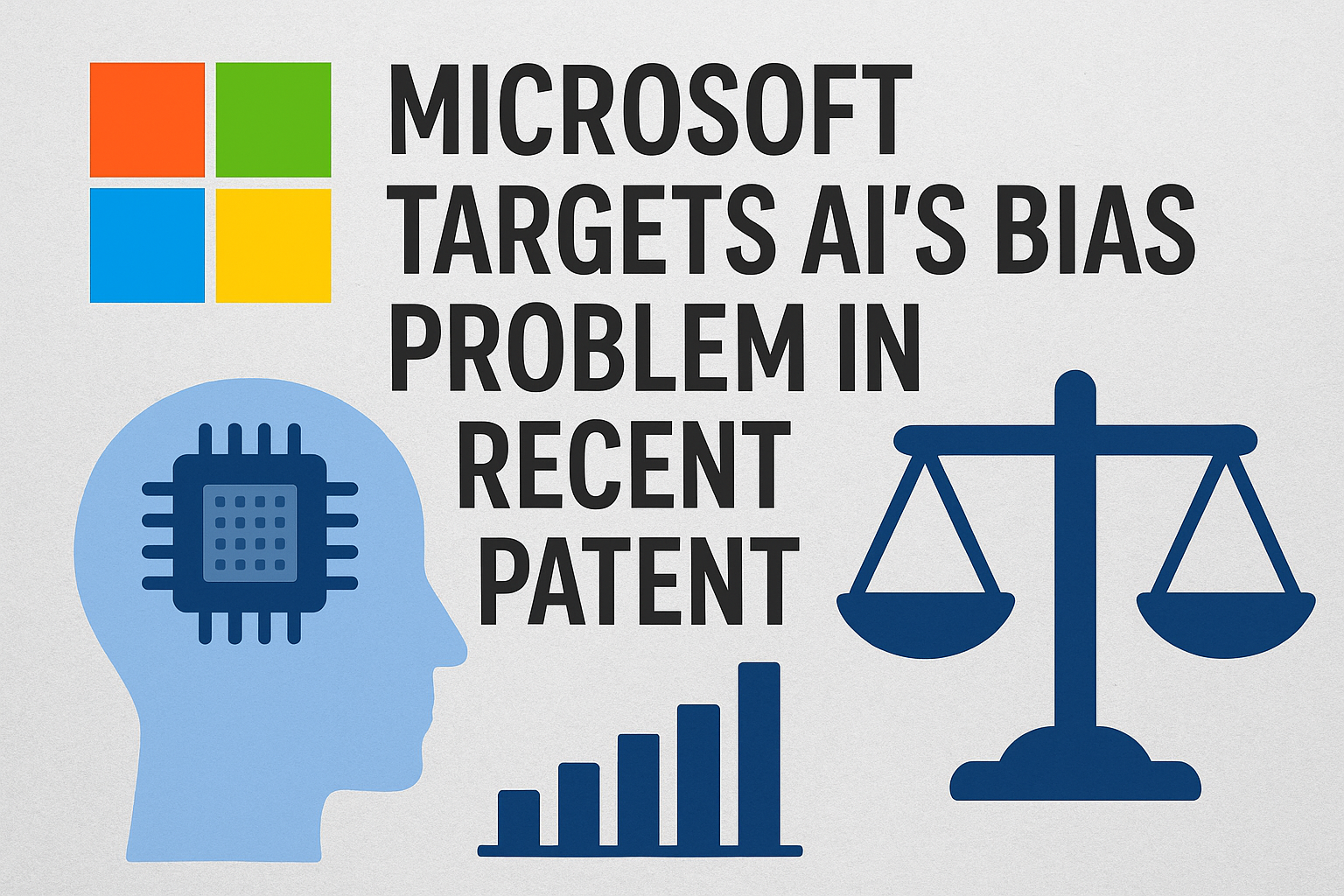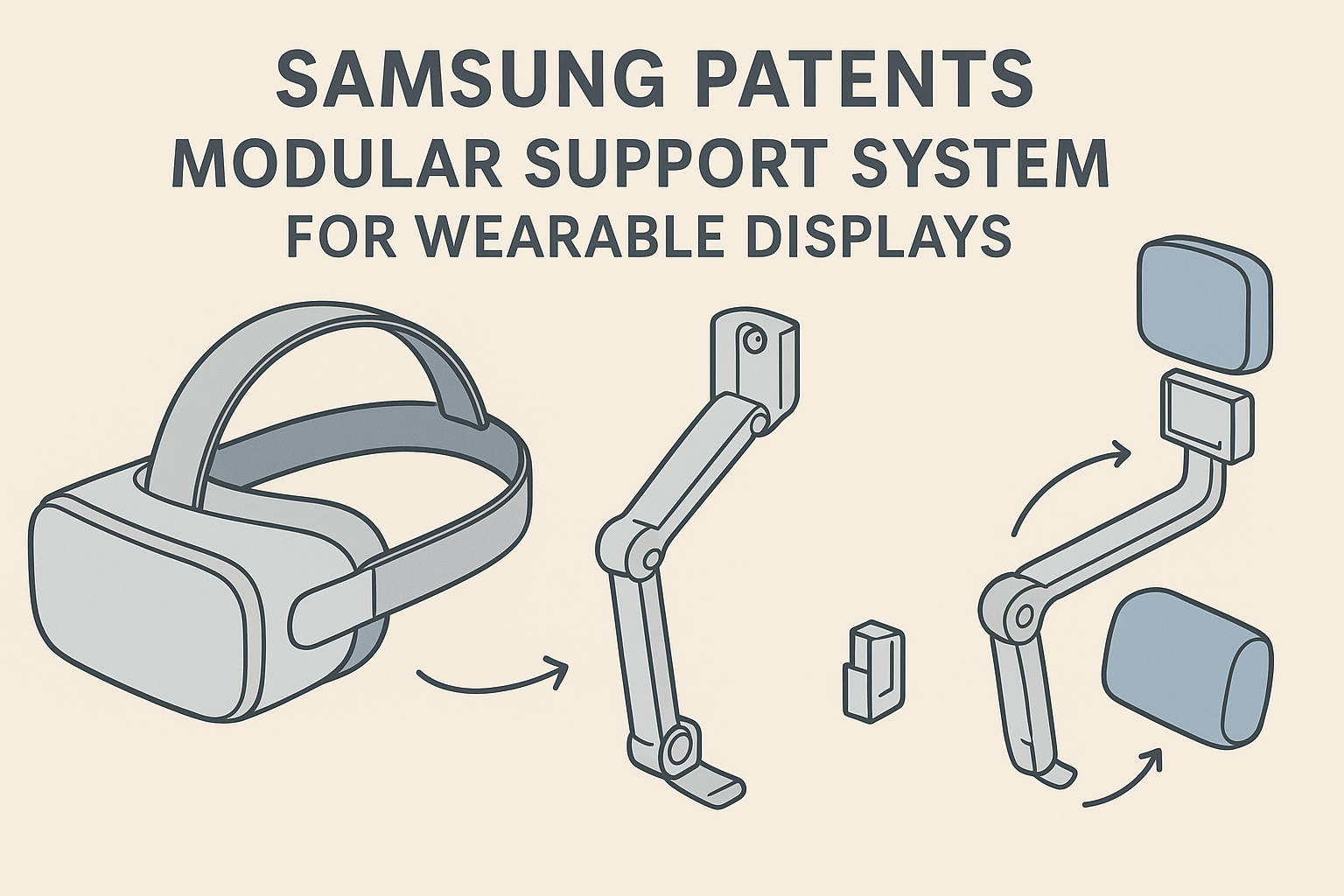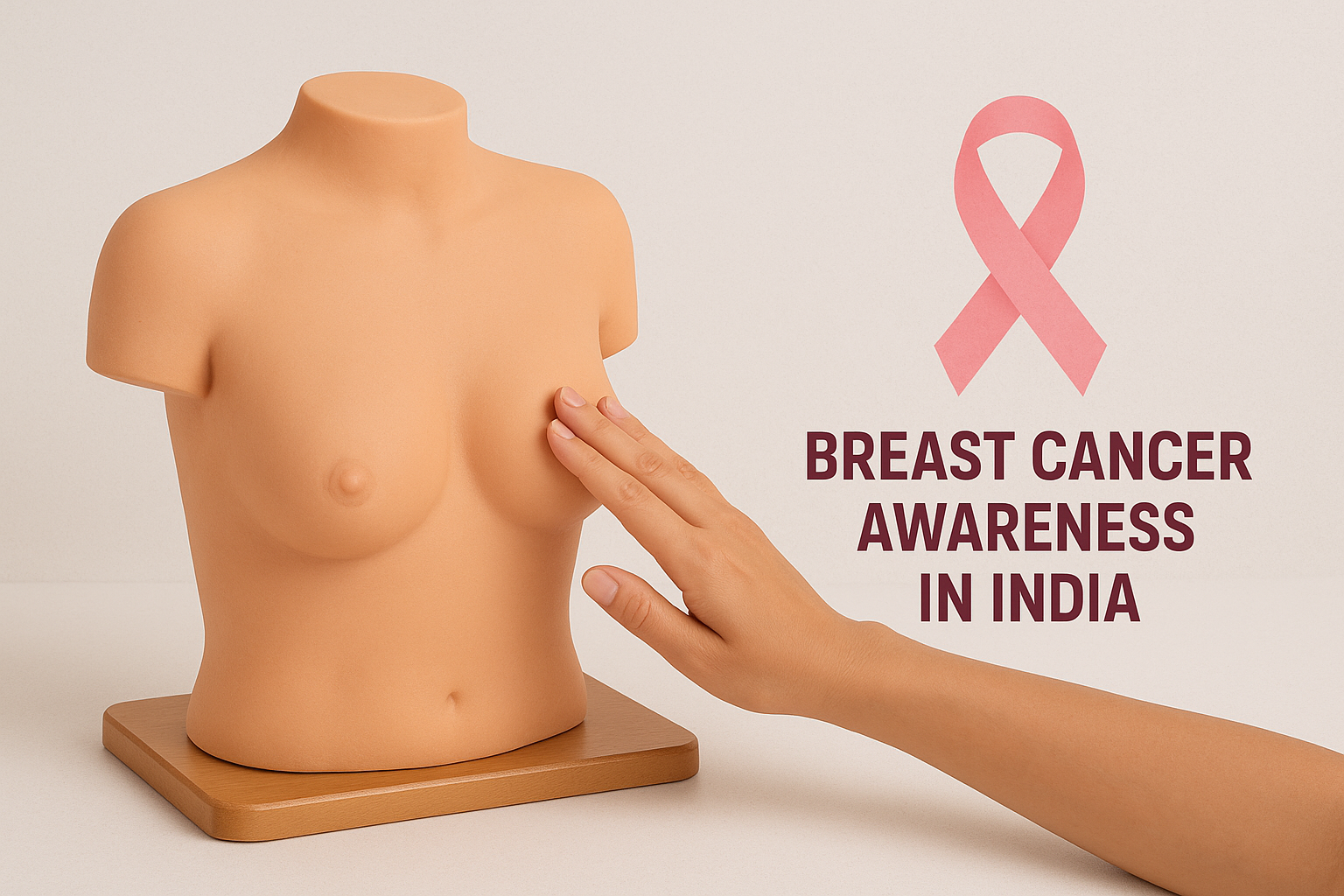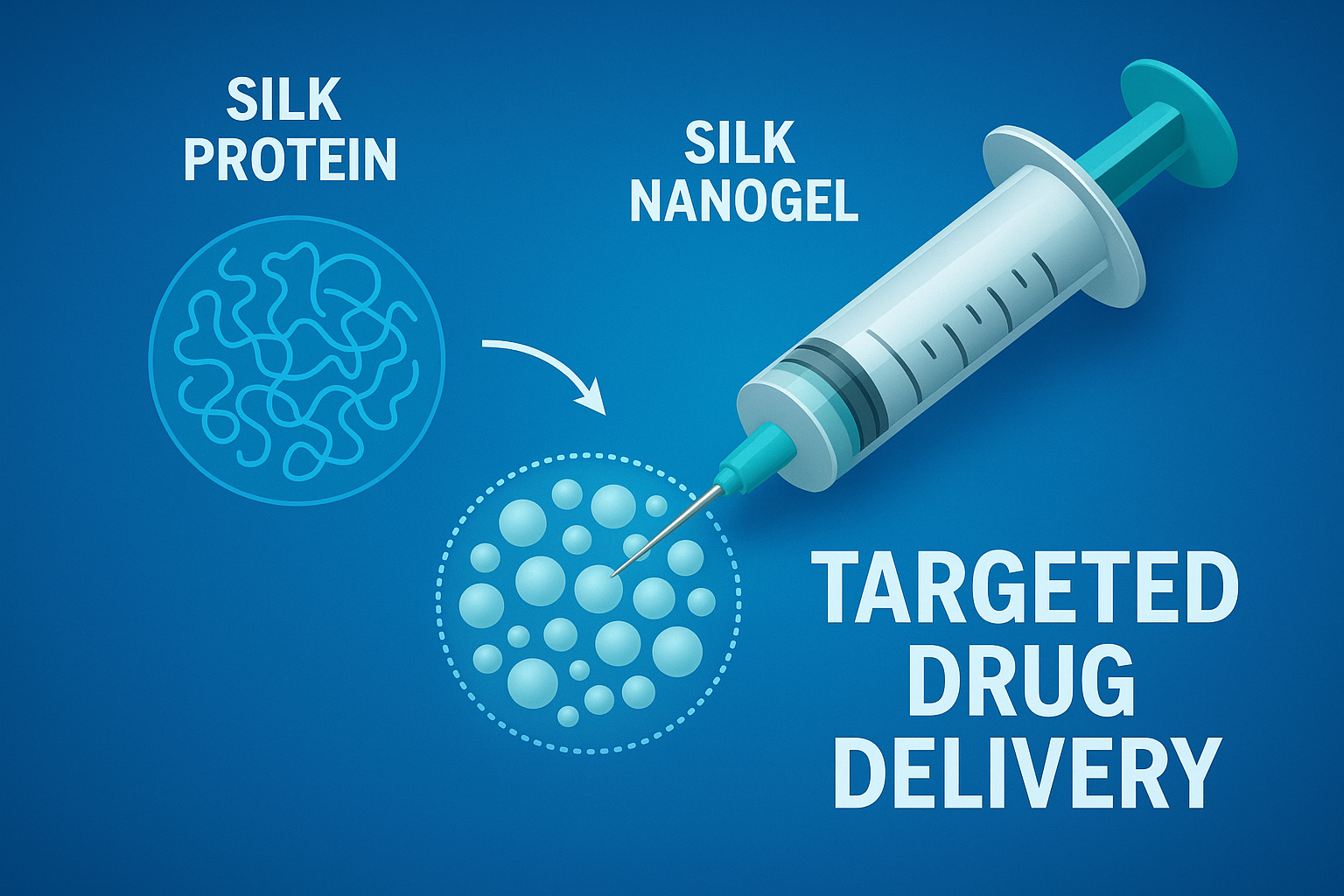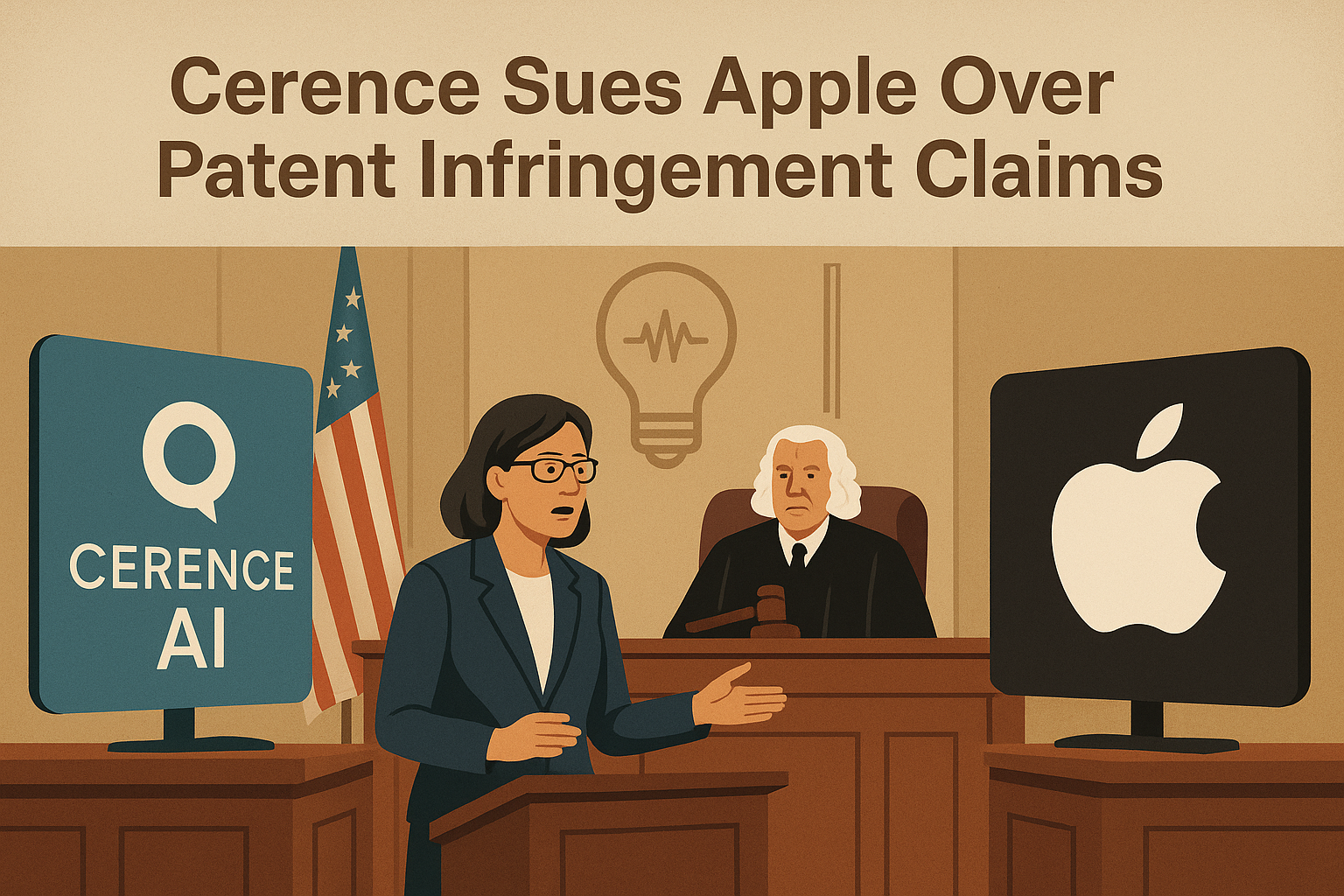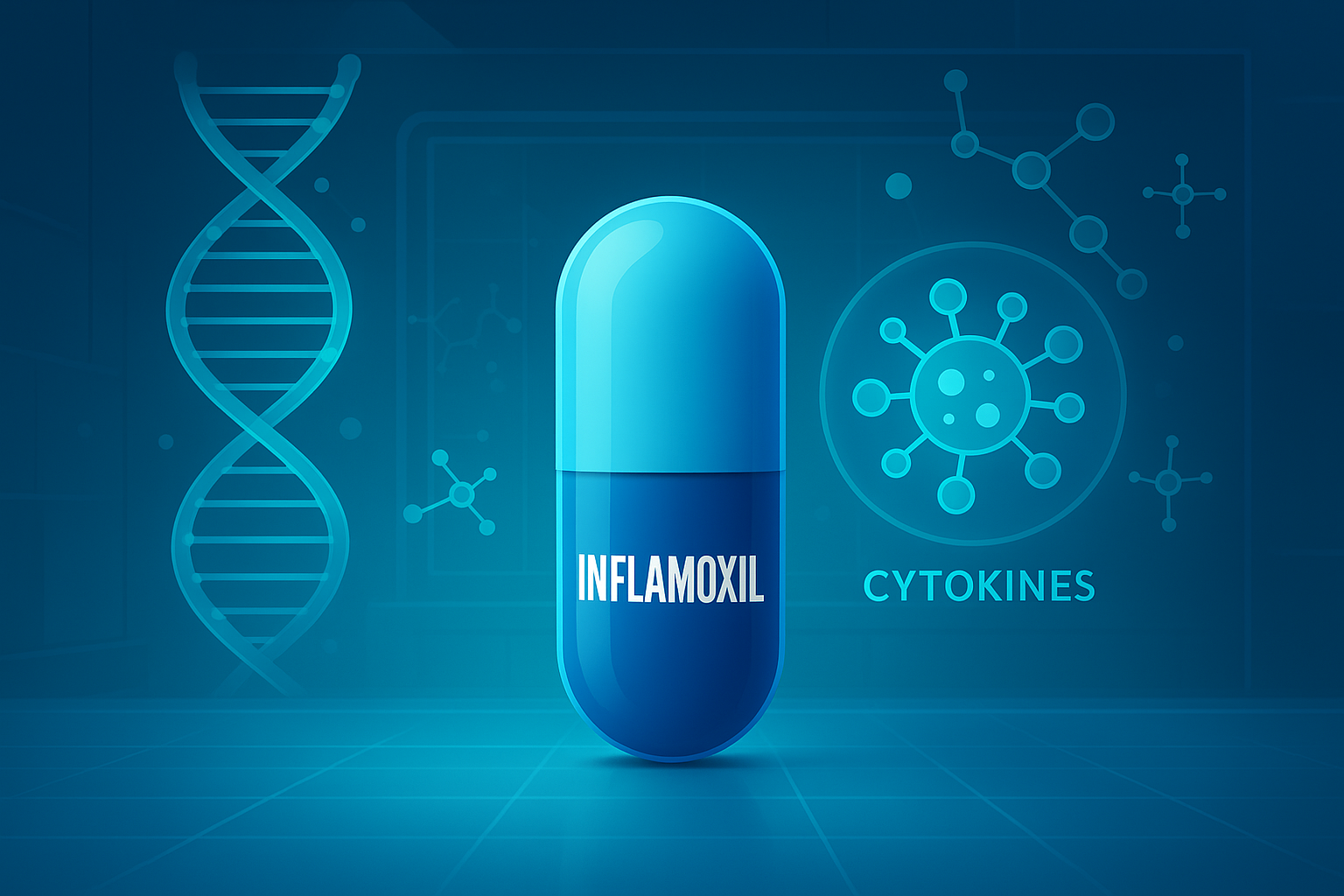Silo Pharma Inc. (NASDAQ: SILO) has received a new boost in its global intellectual property strategy. The company announced that the Japan Patent Office granted Patent No. 7683882 for its PTSD treatment technology. The invention, titled “Prophylactic efficacy of serotonin 4 receptor agonists against stress,” was developed at Columbia University and is licensed exclusively to Silo Pharma.
Expanding Global Patent Portfolio
The patent protects SPC-15, Silo’s intranasal drug candidate designed to target post-traumatic stress disorder (PTSD) and other stress-related psychiatric conditions. SPC-15 is a serotonin 5-HT4 receptor agonist that aims to reduce anxiety and improve stress resilience.
This new protection in Japan follows the company’s recent Australian patent approval for the same technology. Together, these patents strengthen Silo Pharma’s international IP portfolio, covering two major global markets.
CEO Highlights Strategic Advantage
Eric Weisblum, Chief Executive Officer of Silo Pharma, emphasized the importance of the development.
“This Japanese patent adds another layer of protection for SPC-15,” he said. “It expands our global patent estate and positions us well for future licensing or commercial opportunities.”
Weisblum also highlighted the company’s partnership with Columbia University, noting that the exclusive global rights to SPC-15 provide a competitive edge in the biotech market.
Regulatory Pathway and Clinical Progress
Silo Pharma plans to pursue the FDA’s 505(b)(2) regulatory pathway for SPC-15. This route may allow the company to rely on existing safety data, potentially accelerating approval timelines and reducing costs.
The company has already completed an FDA-requested 7-day large animal safety study, which showed no toxicities and systemic exposure comparable to oral treatments. Additional preclinical and device studies are underway. These studies also involve Silo’s microchip-enabled nasal delivery system, designed to optimize intranasal dosing. Results from these evaluations are expected later this year.
Broader Development Pipeline
While SPC-15 remains a key asset, Silo Pharma is also advancing a broader neurology-focused pipeline. Current projects include:
- SP-26: Targeting fibromyalgia and chronic pain.
- SPC-14: Investigated for Alzheimer’s disease.
- SPU-16: Focused on multiple sclerosis.
Each program is in preclinical or early development stages. Together, they reflect the company’s goal to address unmet needs in psychiatric and neurological disorders.
Market Context
Silo Pharma is a development-stage biopharmaceutical company with a small market capitalization. Despite its size, the company has been steadily building value through strategic patents and academic collaborations. Its dual focus on drug development and digital asset treasury management adds another layer of differentiation in the biotech sector.
Why It Matters
PTSD affects millions worldwide, with limited treatment options available. The approval of SPC-15’s patent in Japan adds critical international protection to a drug that could potentially reshape PTSD care. For Silo Pharma, this milestone not only enhances its pipeline but also strengthens its licensing and commercialization prospects in Asia and beyond.


